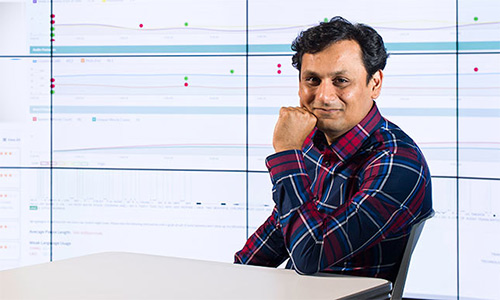
Hoque an inaugural member of Future of Computing Academy
Hoque, who applies a computational lens to understand and model the ambiguity in human communication, would like to raise awareness for accessibility and promote the role of computing to solve important societal problems.
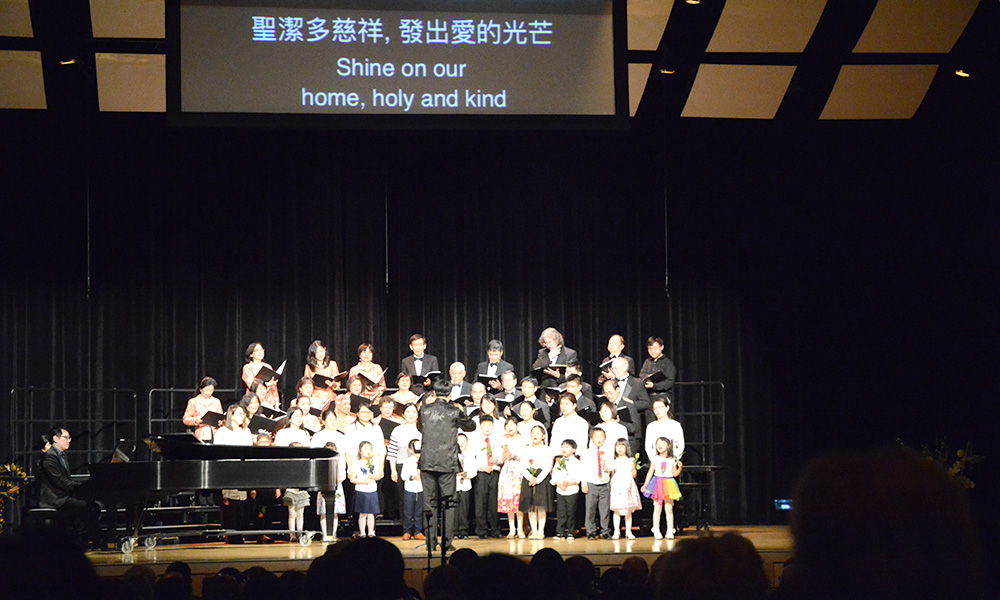
New system displays song lyrics in real time, multiple languages
Zhiyao Duan, an assistant professor of electrical and computer engineering who also sings in the Chinese Choral Society of Rochester, lent his engineering skills to an innovation that provides the audience with live lyrics and translations.
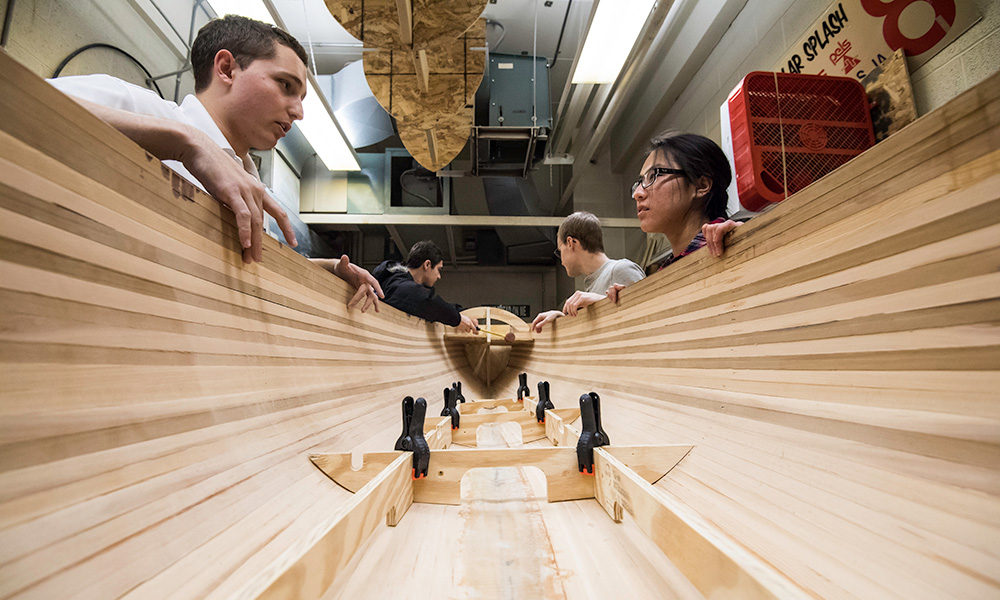
Solar team hopes new boat will make a ‘splash’ at June competition
What’s new about the Solar Splash boat this year? Everything. The team is confident as their prepare to compete against 15 other colleges in a race of solar-powered electric boats.
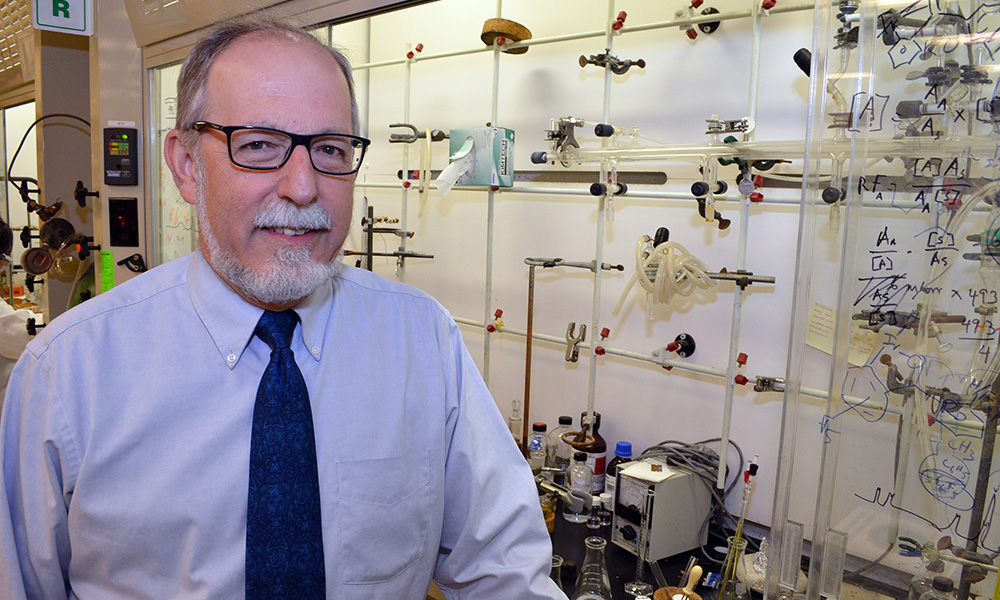
Jones receives Royal Society of Chemistry award
University of Rochester chemistry researcher for honored for discovering new methods for converting hydrocarbons into chemicals found in useful, everyday products.
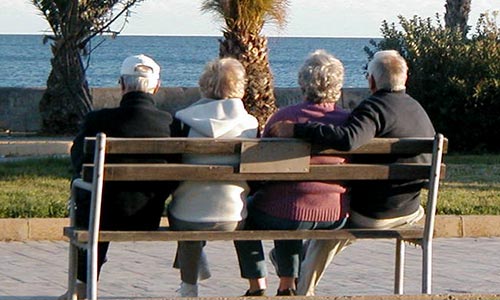
d.health Summit showcases innovative approaches to aging
Nearly one-fifth of the U.S. population will be 65 or older by the year 2030. To address this challenge, the University’s third annual d.health Summit will convene thought leaders across health care, finance, technology, and policy.
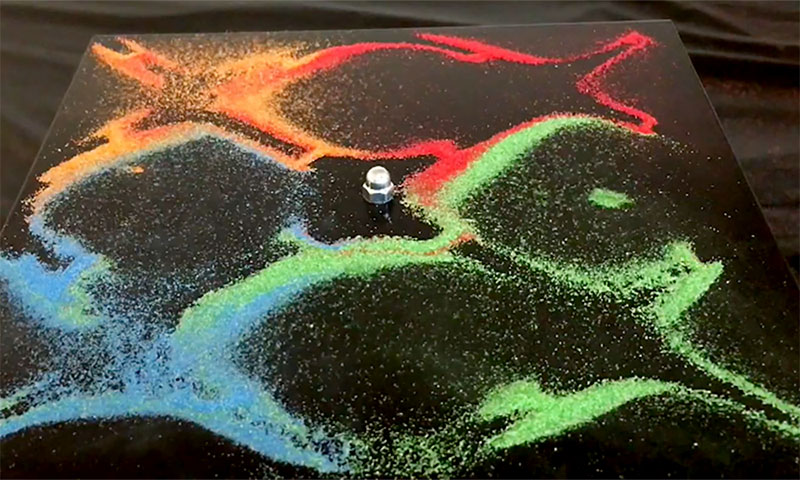
Competition showcases beauty in engineering, science
“You can see the most incredible images in things you never would have thought of,” says Hajim School of Engineering dean Wendi Heinzelman describing the student artwork on display in the the annual Art of Science Competition.
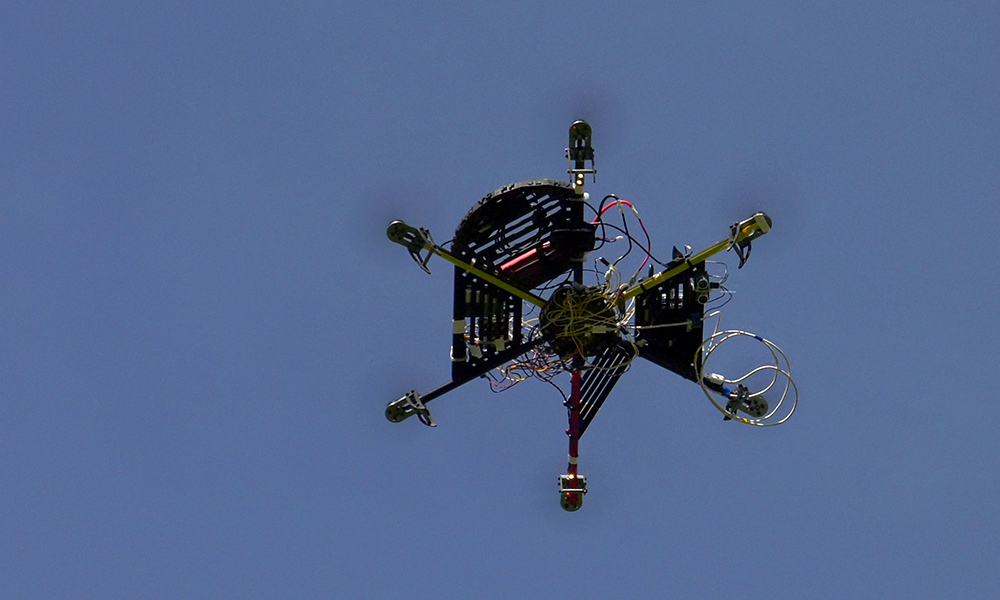
Engineering skills meet ‘real world’ challenges
From drones that see color to devices that help veterinarians extract the objects our pets swallow, this year’s Design Day showcases 87 seniors projects from students in five engineering departments and computer science.
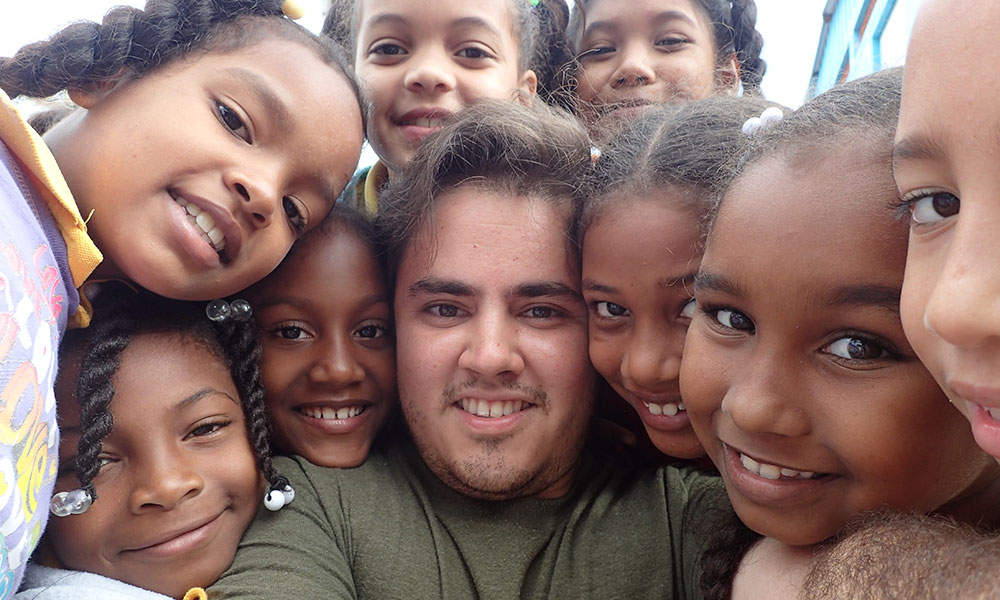
Engineering students travel to Dominican school to build clean water system
Engineers Without Borders partners with the Escuela Taller Santa Maria Josefa Rossello school to provide clean drinking water for the more than 400 pre-K-through-8th grade students
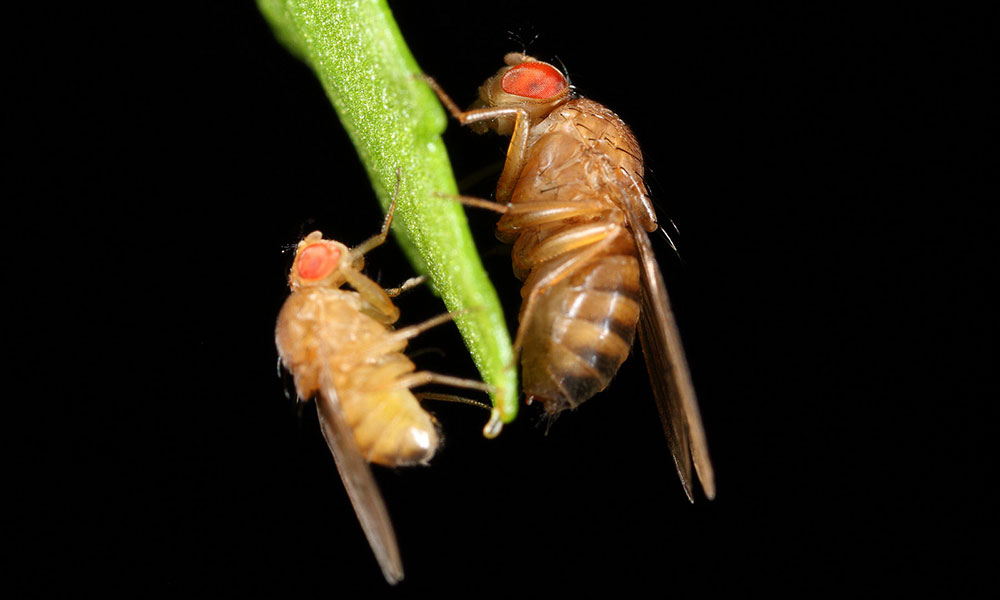
Fruit flies offer gut check on bacteria
Drosophila melanogaster—the common fruit fly—is widely used in laboratory experiments. But what Rochester researchers found when examining the guts of fruit flies in the wild bears little resemblance to what is seen in the lab.
